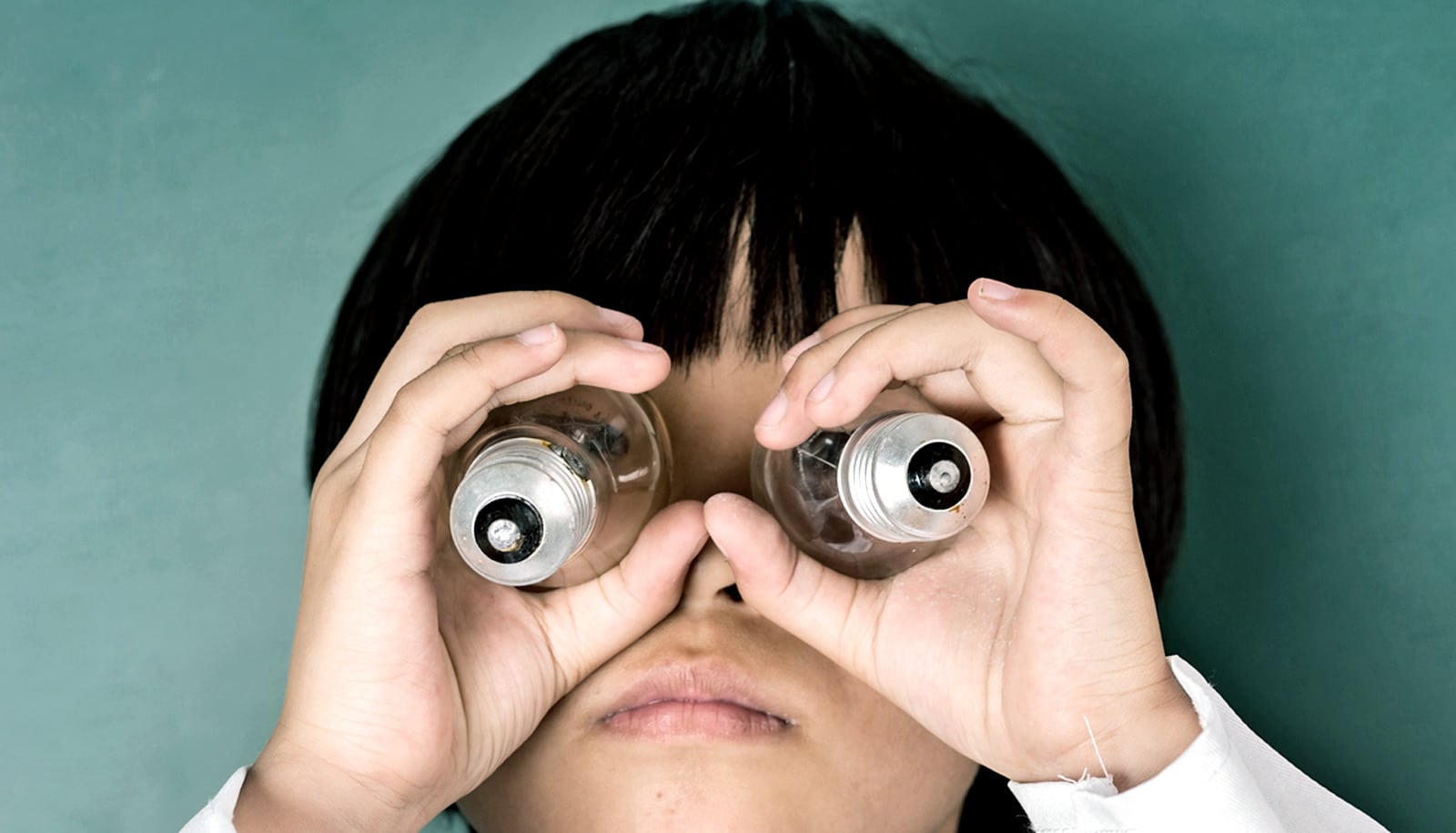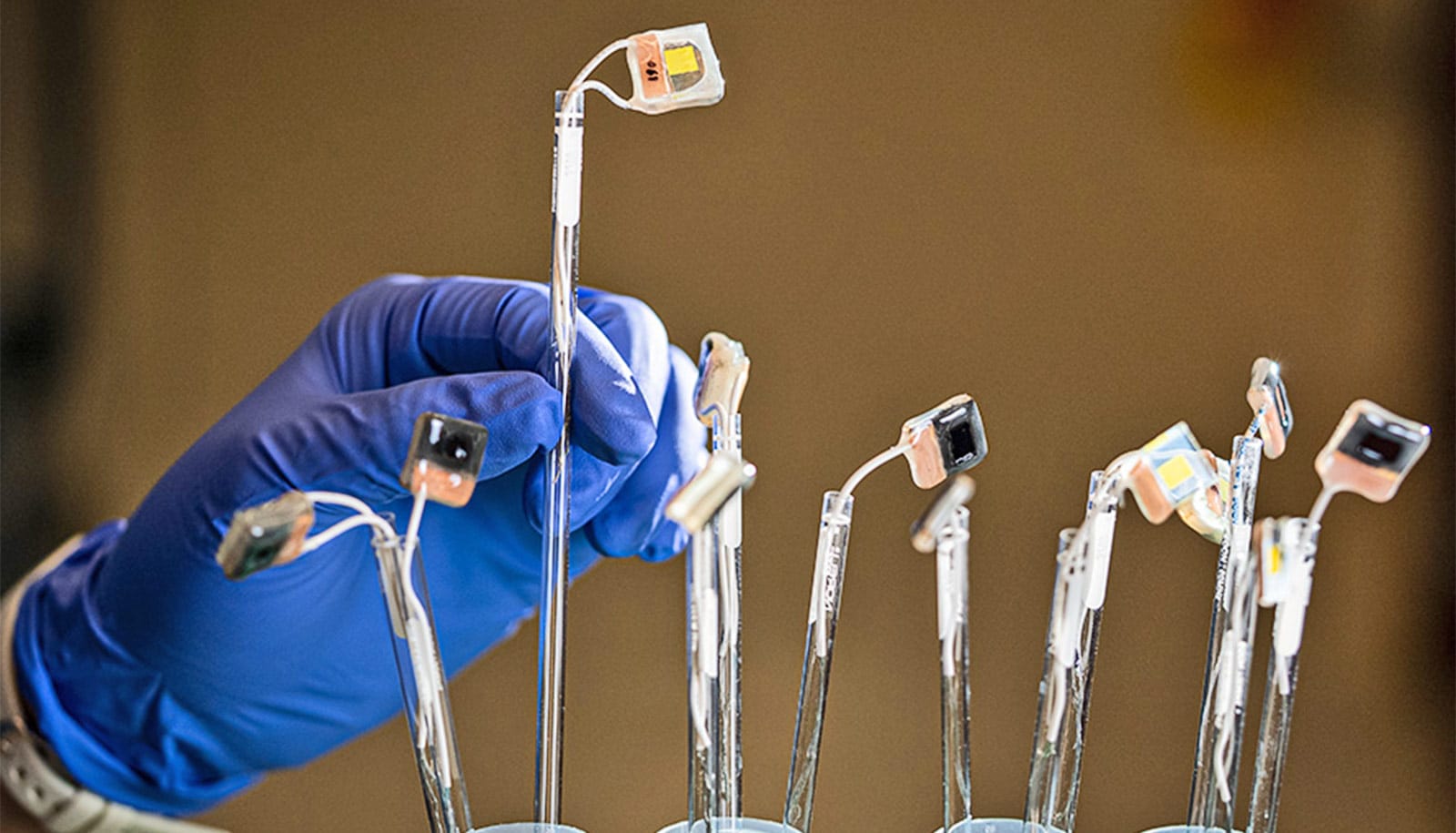A new study recommends replacing all incandescent and halogen light bulbs in your home now with compact fluorescent lamps (CFLs) or LEDs.
But immediate replacement is not advised for existing CFLs and LEDs, unless your main concern is helping to reduce power-plant emissions, according to the study in Environmental Research Letters.
“Estimating the right time to switch over to LEDs is not a straightforward problem. If your goal is to help reduce carbon dioxide emissions, then maybe you should switch to LEDs now,” says Lixi Liu, first author of the study and a doctoral student at the University of Michigan School for Environment and Sustainability and in the department of mechanical engineering.
“But if your main concern is lowering costs and home energy use, then holding on to existing CFLs and LEDs, and waiting until LEDs use even less energy and are even lower in cost, may be desirable.”
For a CFL that’s used an average of three hours per day, it may be best—both economically and energetically—to delay the adoption of LEDs until 2020, she says.
Lighting accounted for 10 percent of US residential energy use in 2016. Home lighting upgrades are an easy way to lower your utility bill, reduce energy use, and help cut greenhouse gas emissions.
LEDs are long-lasting light bulbs that use less energy than incandescent, halogen, or fluorescent bulbs to provide the same light output. But the initial purchase price for LEDs is higher than other types of bulbs, so many consumers haven’t made the switch.
Previous studies have noted that LEDs reduce spending on energy over time and are a cost-effective alternative to other light bulbs. But those studies did not look at the best time to replace an existing bulb.
In their newly published study, the researchers examined cost, energy use, and greenhouse gas emissions for different types of 60-watt-equivalent bulbs and created a computer model to generate multiple replacement scenarios, which they then analyzed.
Specifically, they used a method called life cycle optimization to construct a lighting replacement optimization model. Researchers at the university’s Center for Sustainable Systems have previously used the model to study replacement of automobiles, refrigerators, washing machines, and air conditioners.
How LED light bulbs could fight disease
In the lighting study, the researchers considered factors such as how often the current bulb is used and its condition. And they looked at trajectories for lighting technology and energy generation: light bulb technologies are improving, costs continue to drop, and electricity generation in this country is becoming cleaner.
By 2040, the share of US electricity from natural gas is expected to increase by 6 percent, and the share from renewables is expected to increase 13 percent. By 2040, the share of US electricity from nuclear power is expected to decrease by 4 percent, and the share from coal is expected to decrease 15 percent.
The new lighting study provides specific replacement strategies for maximizing the cost, energy, and emissions savings from home lighting.
The study also finds that:
- In general, bulbs that are used more often should be replaced first to maximize energy savings.
- Replacing a bulb before it burns out may seem wasteful, but consumers can cut energy use by doing so.
- Strategies for replacing light bulbs vary from place to place, depending on regional energy costs and the power-generation mix (i.e., coal, natural gas, nuclear, and renewables).
- In general, LED upgrades should be made earlier and more frequently in places—such as California, Washington, DC, and Hawaii—where electricity costs are high.
The National Science Foundation’s Graduate Research Fellowship Program supported the work.
Source: University of Michigan



